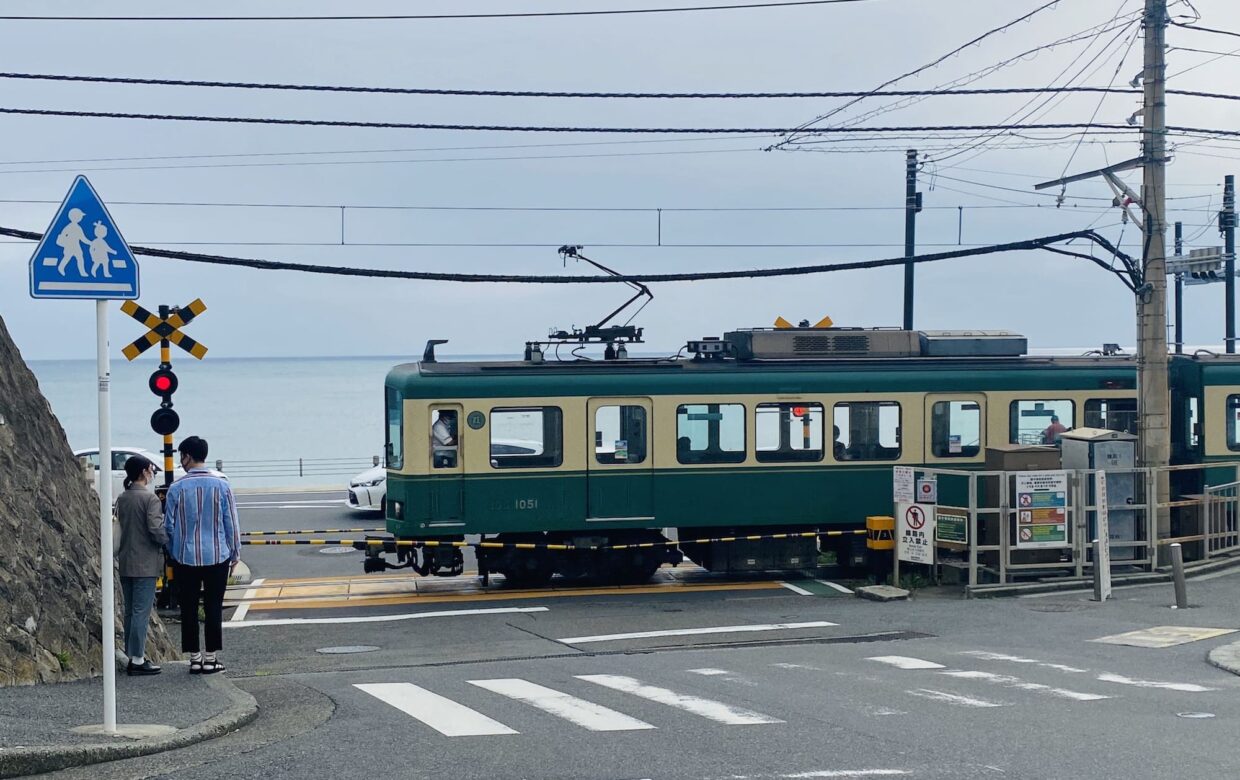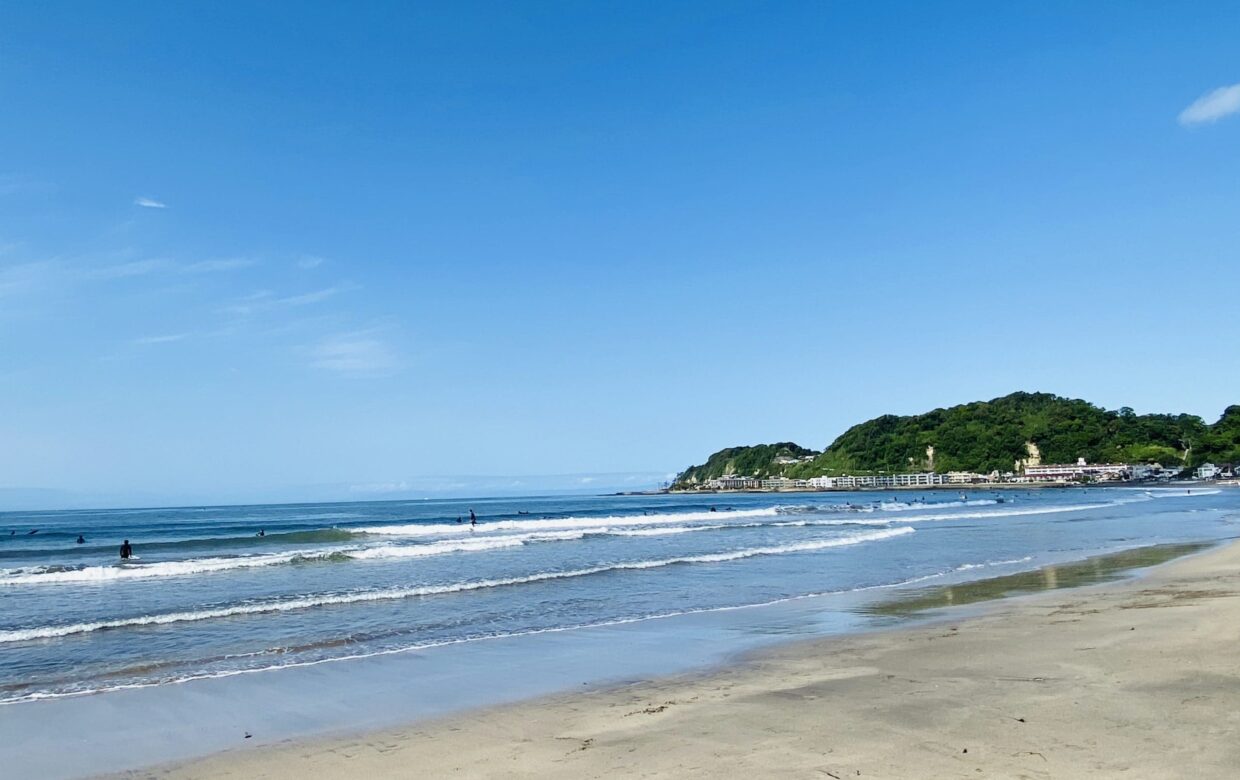The History And Highlights Of Egara Tenjinsha Shrine, The Place Associated With The “13 Lords Of Kamakura ”!
Egara Tenjinsha Shrine is known for its ume (plum blossoms). More than 100 trees are planted inside the shrine, including the earliest blooming plum trees in Kamakura.
After passing through the east torii gate from Tsurugaoka Hachimangu Shrine, walk through the residential area towards Kamakura Shrine direction for about 10 minutes.
It is one of the most famous and venerable shrines in Kamakura.
What Is The History Of Egara Tenjinsha Shrine?

Egara Tenjinsha Shrine was built in 1104 (The First Year of Chouji Era) to enshrine Sugawara no Michizane, the deity of academia and one of the three major Shinto shrines along with Kitano Tenmangu Shrine in Kyoto and Dazaifu Tenmangu Shrine in Fukuoka.
According to legend, one day a thunderstorm suddenly struck Kamakura, and an image of Sugawara no Michizane descended from the heavens, so the villagers built a shrine to house the image.
Later, when Minamoto no Yoritomo established the Kamakura shogunate, the shrine was designated as the guardian deity of the demon’s gate (northeast) of the shogunate, and a new shrine was built and revered.
Introducing The Highlights Of Egara Tenjinsha Shrine
The Egara Tenjinsha Shrine is filled with history.
Here are some of the must-see attractions you should see when you visit.
Worship Hall

Passing between the majestic matsu (pine) trees and climbing up the stairs to enter the shrine grounds, visitors are greeted by the brightly painted vermilion worship hall.
The hall of worship, guarded by plum trees with white and red blossoms on each side, is designated as a national important cultural property.
The door is decorated with a decorative carving of plum blossoms, and plum blossoms are painted everywhere.
Great Gingko Tree

On the right side facing the shrine, there is a very spectacular gingko tree.
The tree was planted when the image of Sugawara no Michizane’s deity Tenjin was enshrined, and is said to be about 900 years old, just like the shrine itself.
It is about 25 meters high to look up at and 10 meters in girth, making it the largest sacred tree in Kamakura.
“Kappa Fudezuka” And “Efudezuka”
On the left corner of the shrine, you will see “Kappa Fudezuka” and “Efudezuka”.

The “Kappa Fudezuka” houses the paintbrush used by the late manga artist Kon Shimizu.
Kon Shimizu was known as the manga artist for drawing kappas. His “Kappa Tengoku” (Kappa Heaven) has been serialized in Asahi Weekly since 1953, and he is also the creator of the Kappa character of Kizakura Sake Brewery (renamed Kizakura in October 2006), which has been in business for a long time, even after 1955.
And the “Efudezuka” in the back here is a must see for manga lovers.

The mound was built in 1989 by the late Mr. Ryuichi Yokoyama (a resident of Kamakura, creator of the four-panel manga “Fukuchan” serialized in the Asahi Shimbun newspaper since 1936) and others, following the wishes of Mr. Shimizu, who built the “Kappa Brush Mound.
Not only is it the shape of a brush, but reliefs of 154 cartoonists, including Mr. Yokoyama, depicting their characters in kappa are displayed. Among them are Astro Boy and Doraemon, so be sure to look for them. On the first or second Sunday of October every year, a special ceremony is held in memory of Shimizu Sensei, where brushes are burned in front of the brush mound.
Kumano Gongen Sha Shrine

Finally, please make sure to go to the back of the torii (gateway) located behind the hand-watering basin. There is a shrine on the grounds called Kumano Gongen Sha Shrine, and this cave at the far end is a grave of those days called “Yagura” (not a grave at Egara Tenjinsha Shrine, but a combined grave. Egara Tenjinsha refers to it not as a grave but as Kumano Gongen Sha Shrine, which was enshrined together.)
A “yagura” is a cave or a memorial hall for the ashes of the deceased built from the middle of the Kamakura period to the first half of the Muromachi period (1333-1573).
In Kamakura, where there was little flat land, this was the only tomb that could be built without cutting down on the flat land area.
The cave is off-limits to visitors, but a small stone shrine can be seen inside.
Why Not Feel The Breath Of History At Egara Tenjinsha Shrine?
The Japanese history drama, “Kamakura Do No 13 Nin (The 13 Lords Of Kamakura)” began airing in January of this year.
The main character, Hojo Yoshitoki, who succeeded Minamoto no Yoritomo, and the 13 chief vassals who supported Kamakura-dono have attracted much attention.
Why not feel the breath of more than 800 years ago while admiring the plum blossoms at Egara Tenjinsha Shrine?
Egara Tenjinsha Shrine
| Address | 74 Nikaido, Kamakura-shi, Kanagawa-ken 248-0002 |
| Access | ・Take the Number 20 Keikyu Bus Bound To Otomiya From JR Kamakura Station Number 5 Bus Stop and get off at Tenjinmae Bus Stop and Walk For 3 min. ・A 10 Minute Walk From Tsurugaoka Hachimangu Shrine |
| TEL/FAX | 0467-25-1772/0467-25-1798 |
| Hours of Admission | 8:30-16:30 |
| URL | http://www.tenjinsha.com/ |
Our goal is to help not only tourists from Japan and abroad, but also all visitors to Kamakura to make their time and experience in Kamakura even more wonderful, and we hope that you will become a fan of Kamakura. We hope to make Kamakura a favorite among all visitors to Japan.
For more information about BEEP Corporation.
Popular posts
-
 Introducing popular sightseeing spots and recommended cafes for lunch in Shichirigahama!
Introducing popular sightseeing spots and recommended cafes for lunch in Shichirigahama! -
 The Popular Tourist Destination Houkokuji Temple (Bamboo Temple) And Its Speciality
The Popular Tourist Destination Houkokuji Temple (Bamboo Temple) And Its Speciality -
 STOP HERE WHEN YOU VISIT 16 Different Guest Homes By Area
STOP HERE WHEN YOU VISIT 16 Different Guest Homes By Area -
 The Japanese Sweets House Popular At Kamakura “Kirara” - The Recommendations and How To Go
The Japanese Sweets House Popular At Kamakura “Kirara” - The Recommendations and How To Go -
 Enjoy a Date, a Swimming or Walking at Yuigahama! Introducing Nearby Cafes and Access!
Enjoy a Date, a Swimming or Walking at Yuigahama! Introducing Nearby Cafes and Access!




